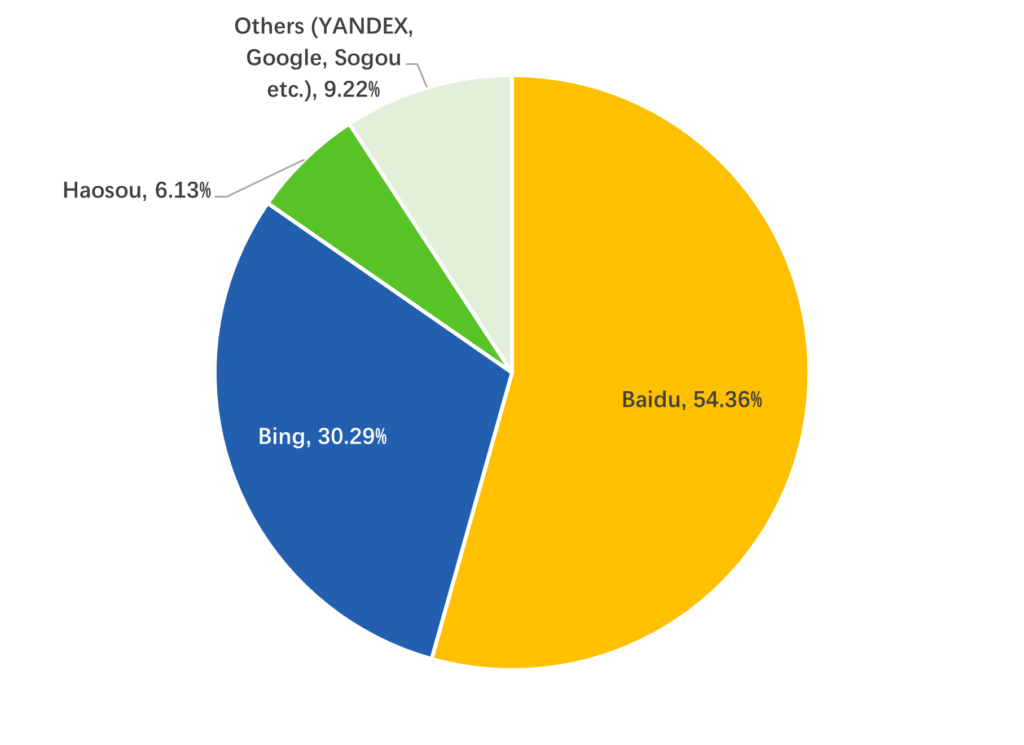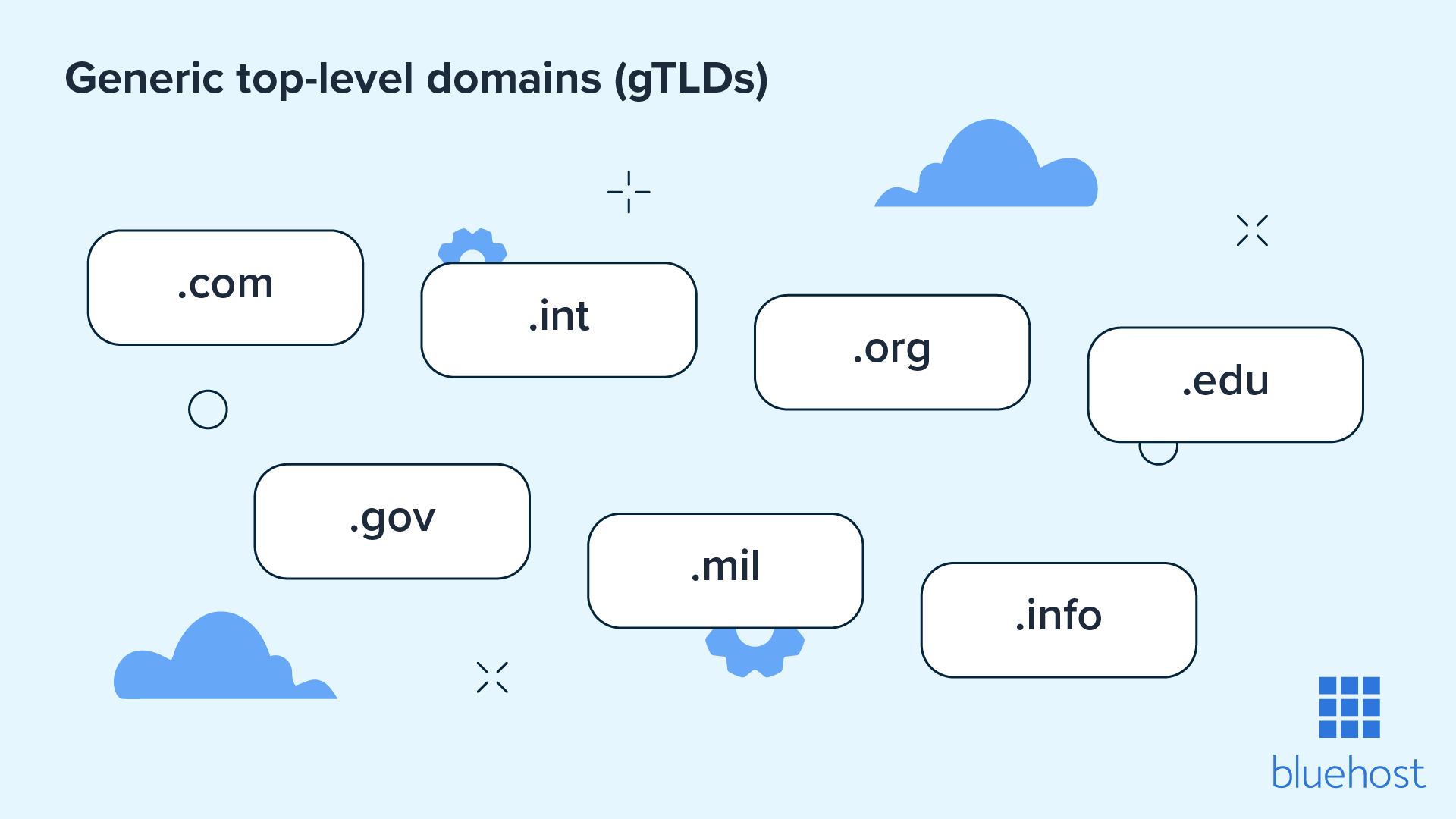Key Takeaways
- Dominate global markets by tailoring your website to rank high in different countries’ search results, outpacing competitors who neglect this crucial step.
- Implement international SEO by researching your target audience, choosing a domain strategy, localizing content, optimizing for local keywords, and managing technical SEO.
- Create a genuine connection with your global audience by understanding their unique culture, language, and preferences, fostering trust and long-term engagement.
- Discover the power of international SEO to expand your business beyond borders, unlocking new opportunities and a more rewarding experience.
Every businessman dreams of going international. For obvious reasons, like reaching larger audiences, selling at higher rates, and getting multiple income streams.
The biggest local market is China, which has only 17.2% of the world’s population. However, the international market offers much more opportunities than the biggest local market.When I first heard the term “International SEO,” I thought it was just adding language translations to a website. But when I started it, I realized it was to understand search intent, optimize for local search engines, and even handle technical challenges in every region.
I learned it the hard way. A client wanted to target both the USA and Japan. Although the task seemed straightforward, I quickly realized that the same SEO strategy wouldn’t work for every audience.
Understanding what international SEO really is
International SEO is the process of optimizing your website to rank well in search results of different countries. It does not mean your website should open from any country; every website does that. It’s about aligning content, technical setup, and marketing strategies to each region’s unique needs.
For example, HelloFresh observed that “eggplant” (common in US/Canada) vs. “aubergine” (used in UK/Australia) had significantly different search volumes in these regions. So they created region-specific landing pages using the local terms. This strategy increased their conversions by 23% in the UK alone.
Why international SEO matters for global businesses
When I actually learned international SEO and helped many clients achieve this feat with my services, I realized how beneficial it is for businesses to scale globally.
My clients reach diverse audiences now. Without international SEO, they would miss out on millions of potential customers who use local keywords in their native language.
They have built trust and credibility in their customers. Users are more likely to engage with a website that feels personalized to them. With the language, currency, or cultural nuances.
They are beating local competitors. If they hadn’t done that, their competitors would have.
One client I worked with was a small e-commerce company. They saw a 40% increase in sales after implementing an international SEO strategy. What did we do? We focused on country-specific keyword research and localized landing pages.
How to do international SEO step-by-step
Until now we have learned that international SEO is not that easy, but now I will explain that international SEO is not that difficult. Actually, you have to understand it. Just like I did. Here are the steps that I use while doing international SEO after working for 3 years in this field.
1. Start with research to understand your target audience
If you do not know your audience well, you cannot optimize your site for them. The first things to learn are:
- The country or region you want to target
- What is the language of that region
- What platforms do they use
In China, for example, Baidu is more popular than Google. In Russia, Yandex dominates. So when I target these countries, I try ranking on their search engines. That is the first thing to do.

2. Decide between targeting by country or language
Deciding a URL is the most important decision in international SEO. Because it defines where the content is coming from.
Consider these two domains: www.website.com vs. www.website.ca. Which one of these looks local to Canada? Obviously the latter one.

This is an example of having a different domain for a region. There are some other methods to show locality. Like having a subdomain of your existing domain: www.es.website.com or a subdirectory: www.website.com/es.
When I worked with a travel company, we used subdomains for different regions, and hreflang tags to ensure users landed on the right page. This setup improved their rankings significantly in their target markets.
3. Localize your content for maximum impact
The mistake I used to make at the start was simply translating content word-for-word. Translation improves SEO ranking but it is not enough. With time I realized localization goes beyond that. It’s to adapt content to the culture and linguistics of each region.
For example, the thumbs-up gesture. It is completely positive in Western countries, but offensive in the Middle East, especially in Iran. During a campaign, I changed the thumbs-up of a tech company to a hand placed over the heart, which signaled respect and understanding in Arabic-speaking regions.
This small change prevented offense and demonstrated cultural sensitivity.
Another thing is to adapt your tone and writing style according to the locals. So I started using rewriting tools on my content. Qozex’s AI paraphraser rewrites content, without changing its meaning.
4. Optimize your content for local keywords
Keyword research is a region-specific process. Finding and clustering keywords help SEO. I use tools like Google Keyword Planner and Ask The Public, but I also use local search engines for additional insights.
Like, in Brazil, the term “smartphone” has different search variations compared to English-speaking countries. Americans mostly search for “best iPhone model” or “Android phone deals”. While Brazilians frequently use terms like “celular top de linha” (top-of-the-line mobile) and specific brand comparisons. That shows local purchasing preferences.
5. Handle technical SEO in every region
When I go for different domains for every region, I have to focus more on the technical SEO. I make a separate website for each region. And then, I have to tell search engines what website to show in what region.
Hreflang tags tell search engines which language and region a page is made for, sending the person to the right page and reducing the risk of duplicate content.
When managing multiple regional pages, manually creating hreflang tags can be time-consuming and prone to errors. That’s why it’s wise to use a hreflang tag generator to automate the process and ensure each page is correctly mapped to its target audience.
For example, if your customer clicks on your link in the USA, they will get to your global page. But clicking on the same link in UAE will get them to www.website.ae automatically. That’s because of your hreflang tag.
This requires you to translate your webpage content as well. But I prefer writing them in different languages. It creates better content. I use the online paragraph creator to generate content in different languages and styles according to the region I am working on.
6. Avoid spammy backlinks
Like all main things, links are still important and perhaps the strongest of the ranking factors! SEO is simple, create unique and valuable content and build backlinks on websites that are organically performing well.
However, finding and proceeding with link building is becoming tougher. Nowadays, you need to wait or spend too much money on building a handful of backlinks.
While there are many companies providing link building services, reputepost.com stands out above all. But still, you need to verify each link as this will help you in the long run.
If you manage to publish genuine content and avoid spammy links, you will likely achieve your SEO goals.
Conclusion
When done right, international SEO opens doors to new markets. It builds trust with diverse audiences and keeps you ahead of the competition.
Again, this does not just mean translating your website on foreign search engines. It’s about connecting with your audience by understanding their culture, language, and preferences.
When I look back at my journey, I can say that mastering international SEO has been one of the most rewarding experiences of my career. It taught me to think beyond borders and approach SEO with a global mindset.
So, if you’re ready to take your business to the next level, start planning your international SEO strategy today. The world is waiting for your brand!




